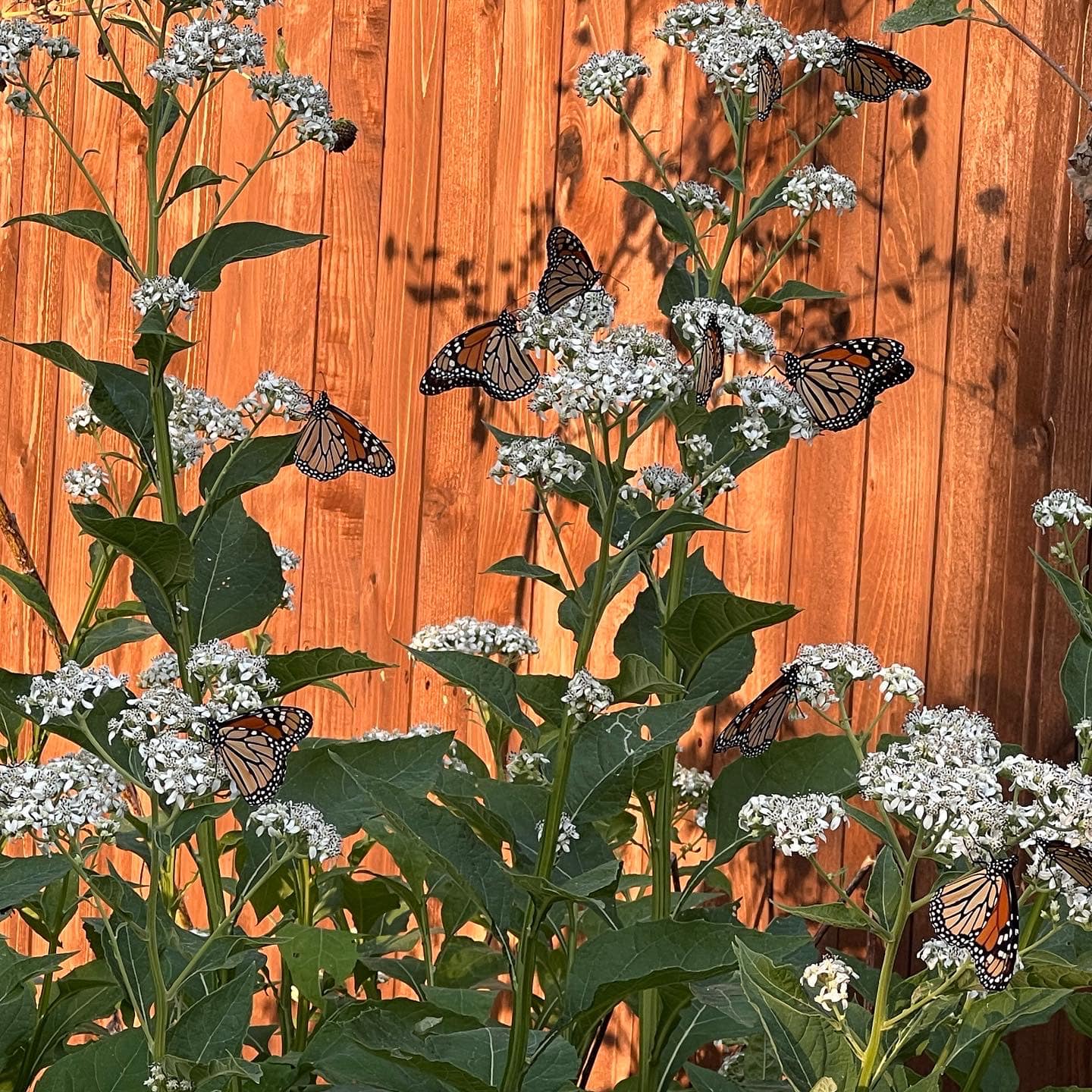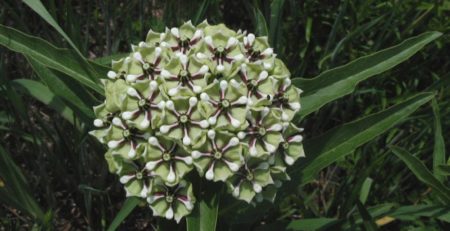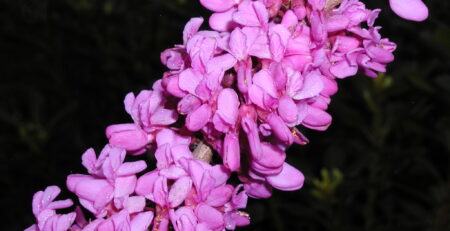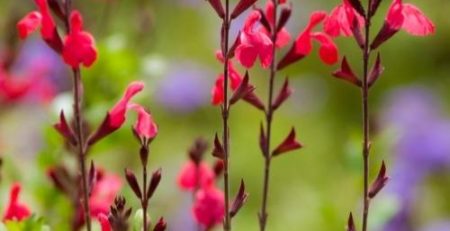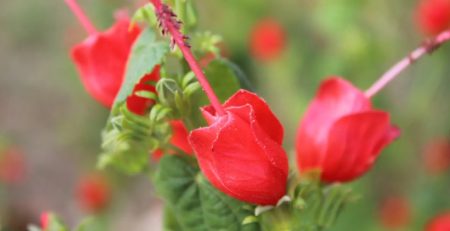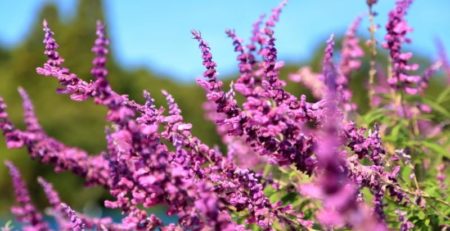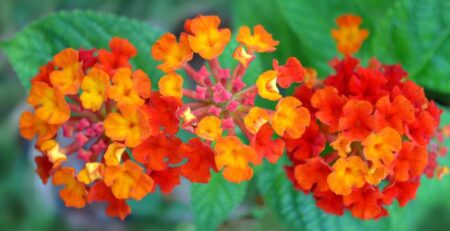Frostweed (Verbesina virginica)
Plant Description:
Frostweed is a truly unique plant, highly-prized by gardeners for its loveliness and for its allure to beneficial pollinators and wildlife. Displaying clusters of lacy white flowers from late summer through autumn, this plant brings beauty to the landscape when few other flowering plants can withstand the heat. Frostweed blooms just in time for the autumn migration of the Monarch Butterfly and is a valuable nectar source for the diminishing population of these beauties. Native to the Southeastern United States and Texas, Frostweed is perennial throughout USDA zones 6-9. Reaching an average height and spread of about 3 feet, this plant is ideal for cottage gardens, background plantings in shady garden borders, or naturalized in wooded areas. The name “Frostweed” is a reference to the plant’s tendency to excrete water from its stems in freezing weather, thus enhancing the winter landscape with the creation of interesting ice sculptures.
Propagation & Planting:
Frostweed prefers moist, well-drained soil and dappled shade, but is able to tolerate drought conditions. This plant re-seeds itself profusely, but also may spread by rhizomes. Frostweed thrives in wooded areas, happily growing underneath large trees, and is ideal for dry shady spots. The flower clusters of Frostweed are followed by seed heads, from which seeds may be collected after drying on the plant. Seeds should be planted in spring after the last frost and provided with consistent moisture until the new plants are established. Propagation of Frostweed can be accomplished by root division in winter, when the plant is dormant.
Plant Care:
Frostweed requires very little maintenance and is quite easy to grow in moist, organically-rich, well-drained soil underneath dappled shade. At maturity, this plant can withstand dry periods with no supplemental irrigation. Tall plants may need to be staked to prevent them from being beaten down in heavy rains.
Fertilize:
Once established, Frostweed requires no fertilization. If desired, a 10-10-10 water- soluble fertilizer may be applied in April and once again in July to encourage blooms.
Prune:
Frostweed may be pruned, if desired, to about 6 inches after its unique and lovely display of “ice flowers” in winter. This plant goes dormant after frost, and does not require further pruning.
Pest & Disease:
Frostweed is not affected by any serious pests or diseases.
To learn more about Frostweed, read the complete plant profile on PlantTAGG by clicking here:
https://m.planttagg.com/#/public/details?key=4UWJH1F544AQSH71PVI601TG5J5
PlantTAGG® is the most technically advanced mobile solution for helping gardeners learn about and care for their plants. PlantTAGG’s goal to educate gardeners blends seamlessly with the mission of the Master Gardener program to provide research-based horticultural information to the residents of Dallas County and beyond. To set up your own yard, download PlantTAGG on your mobile device.
Common Name: Frostweed, White Crownbeard, Indian Tobacco, Iceplant, Iceweed, Richweed, Squawweed, White Wingstem, Virginia Crownbeard
Botanical Name: Verbesina virginica
Category: Shrub
Lifecycle: Perennial
USDA Symbol: VEVI3
USDA Hardiness Zones: 6A – 9B
Sun: Partial shade (2-4 hours of sun per day)
Water: Low
Soil: Sandy Loam
Height: 3 to 6 ft
Spread: 3 to 6 ft
Spacing: 2 to 3 ft
Growth Rate: Moderate
Bloom Time: Late Summer/Early Fall

